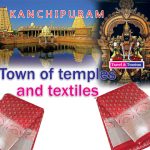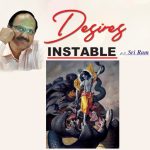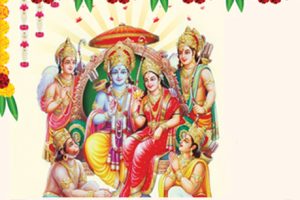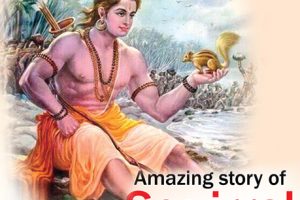What is mind? No matter! What is matter? Never mind! Even as scientists all over the world are making concerted efforts to understand the human mind and the human consciousness, a plethora of provocative questions still remain unanswered.
As someone said, if we could satisfactorily explain the workings of our minds, our brains would be so simple and underdeveloped that we wouldn’t be able to understand anything! This is a definite limitation of the conventional sciences. And
here’s where people take recourse to spirituality, imagination and the occult.
Vedic Science Has the Answers!
Professor Ashok Sharma, a former Indian professor of Applied Physics, who was also a scientist at Harvard University, has formulated some path-breaking theories and postulations based on the ancient Vedic Sciences that give us some powerful
insights into the gray regions of the human mind, and help us understand our consciousness. Even after treading for long in the realm of science, Prof Sharma feels that science fails to understand consciousness as an independent entity. He
says, “Science cannot integrate a non-physical entity, like consciousness, into its conceptual framework, and views human personality as a non-conscious physical system.”
What is Consciousness?
Consciousness, according to Prof Sharma, is a non-physical entity, which is essentially different from the four basic entities of space, time, energy and matter of the conventional science. Consciousness does not have any physical attribute
or property or action, but is endowed with autonomous will power of creation, retention and annihilation of the knowledge of an individual or that of the universe. Quoting the Upanishads (Shvetashwar, 6/19), he says that consciousness
itself is nondifferentiable, inactive, placid, indescribable and non associative:
“Nirajanam
Nishkriam Shantam
Nirvadyam
Niranjanam”
But again, consciousness manifests itself in the form of knowledge.
Sharma’s Formula
In the light of the above discussion, Prof Sharma has put forward a formula, where consciousness is represented by a symbol ?, which is a set of concepts of knowledge. In the normal state of consciousness, an individual human mind or a
conscious system is capable of the finite set of concepts of knowledge I, i.e., yn = I,
leads to the conclusion that the concept of consciousness is an ultimate reality and, all the possible knowledge, concerning objects can be given as its wave function” – and concludes that the gap between Vedic and scientific systems of
knowledge has been considerably reduced and scientists have started realizing the necessity of integration of consciousness with the which he defines as Ego, soul, conceptual structure of science. Atman or Karan Sharir. However, the field
of the nonphysical entity of consciousness can be expanded to infinity, so as to cognize the total infinite set of concepts of knowledge G, i.e., ya= G, which he variously defines as God, Parmathma or Brahman.
Bridging the Gap
Sharma quotes Prof Wigner – “The
very study of the physical world
In Summary
The basic conceptual structure of Prof Ashok Sharma’s “Science of Consciousness” can be summarized as a set of the following propositions: The element of consciousness (Chetan Tatva) is the fundamental entity, which is non-physical,
inactive, placid, indescribable and non-associative, but endowed with autonomous will power (Swasankalpa Shakti) to create, retain and annihilate all concepts of knowledge of self and the universe, which can be represented by the symbol y.
Yoga & Meditation
Prof Sharma points out that consciousness is endowed with autonomous will power, and the techniques of Yoga and meditation must be considered as the methods of realization of the self and the development of the will power (Sankalpa Shakti)
for the expansion of the field of consciousness y.

















Add Comment